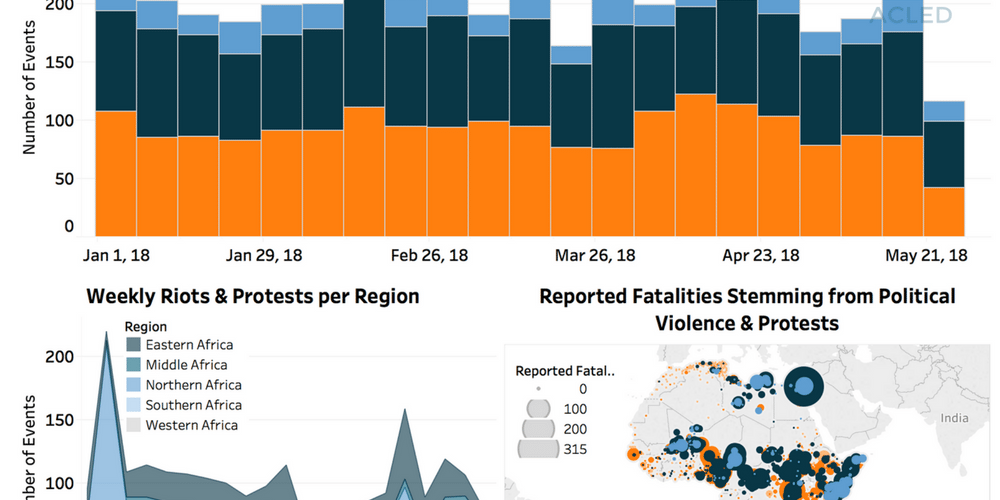There were important developments in Burkina Faso, Mozambique, the DRC and Somalia on the week of May 20th.
In Burkina Faso, the state forces likely thwarted another major attack by Islamist militants in the capital, Ouagadougou. On May 22nd, the military police raided a house harbouring Al-Mourabitoun militants at the southeastern outskirts of the capital. After a shootout that left three militants and a gendarme killed, the state forces seized significant amounts of weapons, ammunition, explosives and other military equipment, including military uniforms of the Burkinabe and French army. The event seemingly revealed the willingness of JNIM (which was formed by the merger of Al-Mourabitoun and other insurgent groups in the Sahel in 2017) to strike the capital again at a high operational tempo, nearly three months after its last high-profile attack on Ouagadougou. Al-Mourabitoun militants had also attacked the capital in the past, such as on 15 January 2016, when they killed 30 people at a restaurant and hotel and subsequently clashed with the Burkinabe and French troops.
Meanwhile, in Mozambique, Islamist violence appears to be gaining momentum, spreading to new districts in the northern Cabo Delgado province. The first attack by Islamist insurgents in Mozambique was on 5 October 2017, when 30 so-called “Al Shabaab” militiamen attacked three police stations in Mocimboa da Praia in Cabo Delgado over two days and gained control of the town. In the following months, the town was recaptured by the Mozambique police but clashes continued, spreading to other towns in the Mocimboa da Praia district but also to nearby districts, notably Palma, Quissenge and Nangade. On the week of May 13th, the violence spread to Macomia district, as the militants killed two civilians, including one who denied them passage to an island.
In the Democratic Republic of Congo (DRC), military operations to contain violence in the Kamango-Eringeti-Mbau “strategic triangle” in North Kivu intensified as the Allied Democratic Forces (ADF) launched new operations. On May 20th, the Congolese forces backed by MONUSCO clashed with the ADF after the militants had killed civilians and looted and burnt down properties in Mbangkoro, along the Beni-Mbau axis. They clashed again four days later along the Mbau-Kamango axis, leading to nearly 20 fatalities and dozens of injuries. Fighting for territorial control has escalated in this area since 8 December 2017, when the ADF attacked the MONUSCO base in Oicha’s Semliki and killed 14 peacekeepers and 5 Congolese forces, the deadliest attack on UN peacekeepers ever recorded. Uganda subsequently reinforced its positions along the border and carried out preventive strikes against the group’s positions to avoid any expansion of the violence beyond the DRC. The Congolese forces have also launched several operations against the ADF since January, recovering the group’s “grand bastion” in Mwalika mid-February.
Finally in Somalia, violence erupted between the Puntland and Somaliland forces on May 24th over the disputed town of Tukarak in eastern Sool region. The Puntland authorities were reported to be mobilizing clan militias in Sanaag region a few days before. This was expected to widen the frontline at the border in preparation for an armed encounter. The significant escalating potential urged quick calls by the international community for the parties to engage in a dialogue, to work towards a halting of the violence, and to arrange a political agreement that addresses the roots of the violence.
ADFAfricaAl ShabaabAnalysisCivilians At RiskConflict MonitoringCurrent HotspotsFocus On MilitiasIslamist ViolencePolitical StabilityRemote ViolenceRioting And ProtestsViolence Against Civilians






